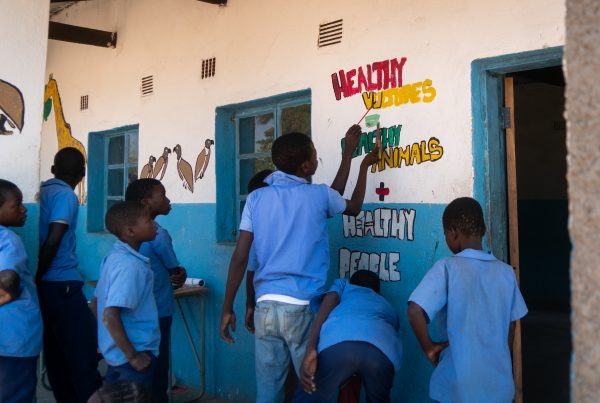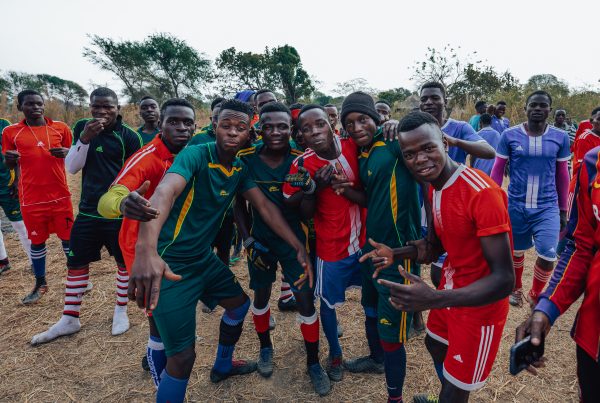Human-Wildlife Conflict
The decision to invest conservation funds requires a thorough and comprehensive review and evaluation of data present from the situation of interest. For this reason, C4C interviewed a total of 40 smallholder farmers in Chitungulu in June 2016 as part of a study on the topic of human-wildlife conflict and agriculture. The community of Chitungulu borders Luambe National Park directly to the north.
The aim of the agricultural survey was to obtain basic data on farming conditions, pest species, pesticide use and local human-wildlife conflicts in order to get a more comprehensive picture of the situation on the ground and to be able to counteract problems in a data-based way.
The results of the study revealed that maize and cotton are the two main crops. While maize is used for human consumption, cotton crops are exported as so-called “cash crops” to Chinese and Indian buyers.
Around 90% of respondents use pesticides, especially insecticides, and also admit to health problems due to pesticide use.
Furthermore, 95% of the smallholder farmers interviewed stated that large wild animals, especially elephants, buffalo, lion and kudu, are repeatedly encountered in the village and in the fields. Nearly one fifth of the respondents said they have already experienced a wildlife attack, 40% damage to property caused by wildlife and 95% damage to farmland. Furthermore, 91% of respondents have lost some or even all of their poultry stock to predators or birds of prey.
The results show that local human-wildlife conflicts do not only affect elephants, as is common elsewhere, but a number of other species. Projects specifically dedicated to mitigating human-elephant conflicts did not result in higher crop yields, as more than three quarters of maize and cotton damage was caused by other pests. Acceptance by the local population would thus not be given if all activities on human-wildlife conflict were limited exclusively to elephants.











